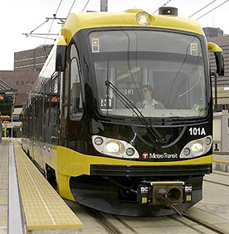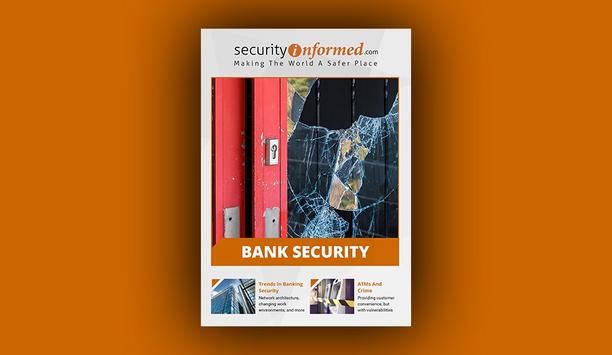 Economical yet professional. That's the image the Metropolitan Council's Metro Transit staff want to portray with their Metropass cards. Metropass cards are used for riders of bus and light-rail transit in Minneapolis. Until recently, they were produced by an outside printing vendor, and the cost was becoming prohibitive. Metro Transit's decision to bring the production inside not only saved money, but also improved the security of the cards.
Economical yet professional. That's the image the Metropolitan Council's Metro Transit staff want to portray with their Metropass cards. Metropass cards are used for riders of bus and light-rail transit in Minneapolis. Until recently, they were produced by an outside printing vendor, and the cost was becoming prohibitive. Metro Transit's decision to bring the production inside not only saved money, but also improved the security of the cards.
Metro Transit is one of the largest transportation systems in the United States, operating 137 bus routes in Minneapolis and St. Paul. It provides approximately 95 percent of the 73 million bus trips annually in the Twin Cities.
Metropass is a discount transit pass, often provided by companies as a benefit to their employees. Not only is it a tool to recruit and retain employees, but it also results in tax savings for companies, most of which can deduct up to $100 per month per employee from federal and state taxes.
"Metropass is good any time, anywhere," said Penelope Strater, fare incentive specialist. "Taking bus or light-rail transit often makes employees more productive, because they don't have to battle rush hour traffic. In the process, it reduces tardiness, improves morale and requires fewer parking spaces for the company." The ability to use a pre-paid card, such as Metropass, to access the transit service makes it even more convenient for passengers.
The newest addition to the Metropass program is the light-rail transit, which began running in Minneapolis in June of 2004. Twelve stations were opened to accommodate transportation between Fort Snelling in the southern part of the city and downtown Minneapolis. In December, five additional stations were opened to connect the Minneapolis - St. Paul International Airport and the Mall of America.
Evolution of the Cards
Metro Transit has used Fargo printers for four years, first to produce magnetic thermal-coated cards with the model 4250 printer. Beginning two years ago, Metro Transit upgraded its services to print "smart," cards with two Fargo High Definition Printers (HDP©). The printers use Fargo's unique High Definition Printing™ technology, which prints images onto special film that is fused onto the surface of a card through heat and pressure. As a result, the cards are highly tamper resistant.
HDP also offers users the MIFARE® e-card encoding capability. MIFARE is the leading contactless smart card technology on the market today, used in a wide variety of applications, including public transportation, where convenience and flexibility are important.
"Having the MIFARE encoder in the Fargo HDP rather than having a separate encoder outside the printer makes card encoding more secure and accurate," said Nancy Becker of IdentiSys, the Fargo reseller who integrated the card identity system for Metro Transit. "Smart cards themselves are a smart decision for the transportation industry because they speed up the process of paying for the rides and tracking riders. This makes it easier for the transportation companies to create and execute incentives such as frequent riding programs."
Today, Metro Transit produces approximately 20,000 two-sided cards a year. One side contains the employee photo, the employer logo and appropriate text. The other contains information about the Metropass program. The cards are printed by a staff of one, although additional help was called in to convert old cards to the new format.
"As a government buyer, we were obligated to look for low-bid vendors," said Strater, "but we also wanted a Minnesota company that could provide good service, a quality product and solid references. IdentiSys and Fargo met those requirements."
















